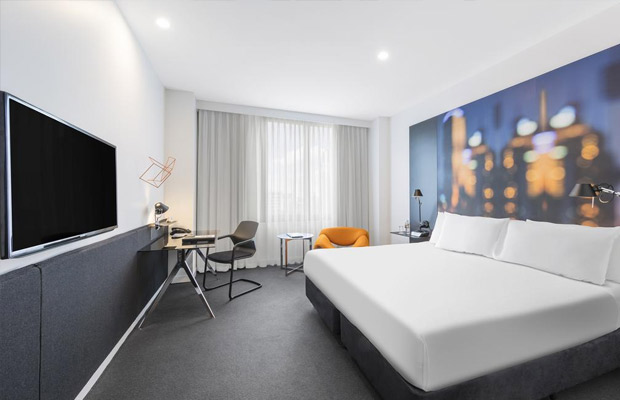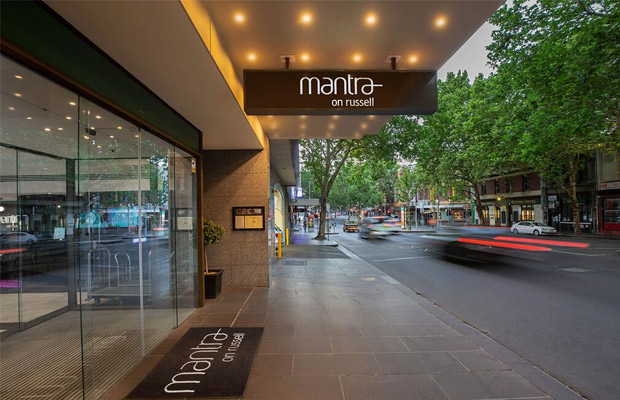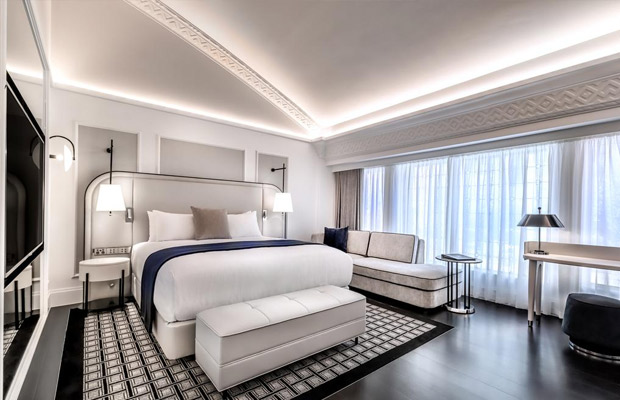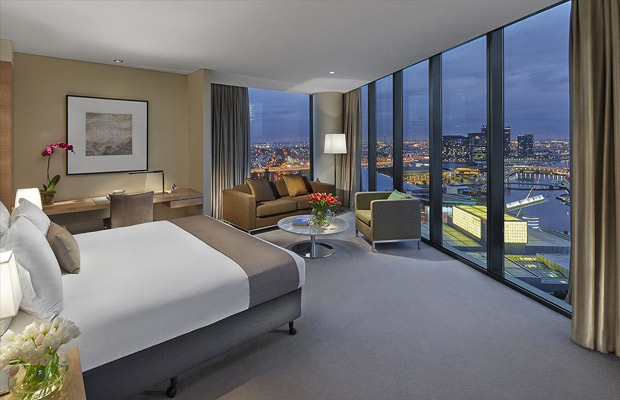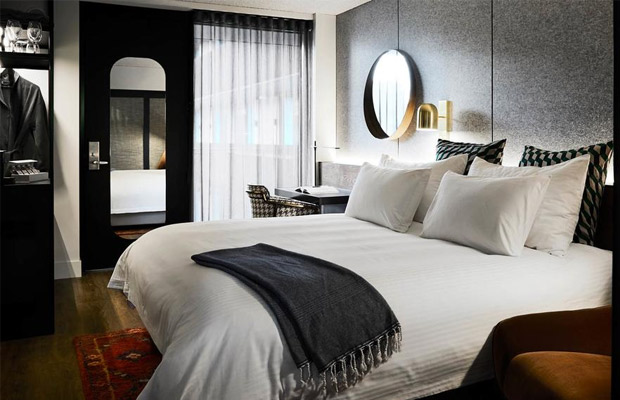Luna Park Melbourne
Luna Park Melbourne
Australia
Melbourne
Melbourne Travel Guide
Book Tour & Activities
Your tour in Melbourne.
Book your stay
Your hotel in Melbourne.
Overview
Luna Park Melbourne is a historic amusement park located on the foreshore of Port Phillip Bay in St Kilda, Melbourne, Victoria. It opened on 13 December 1912, with a formal opening a week later, and has been operating almost continuously ever since.
Luna Park Melbourne is a historic amusement park located on the foreshore of Port Phillip Bay in St Kilda, Melbourne, Victoria. It opened on 13 December 1912, with a formal opening a week later, and has been operating almost continuously ever since.
History
Luna Park was built by American showmen J D Williams, together with the Phillips brothers Harold, Leon and Herman. Not much is known of their background, but they were involved in the building of picture theatres in Spokane, Washington and Vancouver before coming to Sydney in 1909 and quickly establishing a chain of luxury cinemas in that city and then Melbourne.[3] They then took the lease of the Dreamland site, a failed amusement park on the St Kilda foreshore, and reputedly brought out experts directly from the birthplace of the amusement park, Coney Island in New York, to build an up to date attraction. It was to be named Luna Park, perhaps after the first park of that name, the 1903 Luna Park on Coney Island, or Luna Park, Seattle, opened in 1906. Melbourne's Luna Park opened on 13 December 1912, to huge crowds and was an immediate success.
It is not clear exactly who designed the famous mouth entrance; T H Eslick is credited with the design of the park in the opening day brochure, and as the 'engineer-in-chief' in contemporary newspaper reports, while Vernon Churchill was described as the scenic artist "in whose fertile brain the various attractions have been arranged".
In the years before World War I, the park was a great success, with attractions such as the Scenic Railway, Palais de Folies (later Giggle Palace), River Caves of the World, Penny Arcade, a Whitney Bros 'while-u-wait' photo booth, the American Bowl Slide, as well as live performances in the Palace of Illusions and on a permanent high-wire. Williams returned to the US around 1913, and helped found First National Films which subsequently became Warner Brothers. The Phillips brothers stayed on and ran the park until their deaths in the 1950s.
Luna Park closed for the war, although the Scenic Railway continued to operate, and the park itself was still used for "patriotic or fund-raising events".[8] It did not re-open until an extensive overhaul in 1923 added new and improved attractions, such as the Big Dipper roller coaster, a Water Chute, a Noah's Ark, and a 4-row Carousel made in 1913 by the Philadelphia Toboggan Company (that had previously been at White City in Sydney).
Between the wars, a number of new attractions were made, including Dodgem cars in 1926-7, and in 1934, a Ghost Train. In the 1950s, the park was refurbished, including the addition of The Rotor in 1951. The park remained popular throughout the 1950s, 1960s and into the late 1970s, when some of the earlier attractions began to be replaced by modern mechanical rides. A fire in 1981 destroyed the Giggle Palace, and in the same year the River Caves were declared unsafe, and demolished.[9] In 1989, the Big Dipper was demolished in anticipation of a new large roller coaster which never eventuated. The ride was also demolished due to safety concerns with its age, following a major derailment, that injured 20 people, on the older rollercoaster, the Scenic Railway.
The main historic features of the park to remain include the iconic "Mr Moon" face entry and flanking towers (1912, restored 1999), the Scenic Railway (1912), which is the oldest continuously operating roller coaster in the world, and the carousel (1913 restored 2000). Other historic attractions include the Ghost Train (1934), and the fairytale castle-style Dodgem's Building constructed to house the newly patented ride in 1927 (the ride itself was relocated from the first floor of this building to the ground level in the late 1990s).
The park also includes many modern attractions such as the Coney Drop, the Spider, a Ferris wheel, and other mechanical thrill-rides. The park remains popular with children and their parents who have fond memories of the park from their youth.
The remaining 28 years of a 50 years lease for Luna Park was sold in 1998, when two superannuation funds represented by BCR Asset Management bought it for $3 million.[10] They spent $10 million on extensive refurbishments, upgrading the services and safety for the first time in decades, upgrading existing rides and installing new ones, whilst retaining the fun-fair, fantasy themes. The Scenic Railway was overhauled, the face rebuilt as a new fibreglass version placed over the remnants of the original plaster one, and the towers repainted in their traditional primary colours.[9] The carousel was also restored, returning the horses and the painted decoration to their original 1913 appearance.
A consortium headed by Melbourne transport magnate Lindsay Fox bought Luna Park in early 2005, pledging to restore it to the glory he remembers from his 1940s youth, spent in nearby Windsor.[10] Since the multimillion-dollar purchase, there has been no major overhaul, but the Scenic Railway Station was given a facelift, in 2010 the Coney Island Top Drop (a replica of Coney Tower at Coney Island's Luna Park) was purchased directly from Zamperla, and a major section of the Scenic Railway underwent major repairs between December 2007 and June 2008.
The park's triangular beachfront site is on government land, bounded by the O'Donnell Gardens on one side and Cavell Street on the other. Across this street is a larger triangle of foreshore crown land known as the 'Triangle Site', occupied by the grand 1920s Palais Theatre, the 1970s Palace nightclub (burned down in 2007), and car parking. The City of Port Phillip in consultation with the Victorian State Government ran a tender process in 2007 to restore the Palais Theatre and redevelop the remainder of the site. Lindsay Fox was part of a consortium that submitted a proposal which was unsuccessful.
The remaining heritage features of the park are listed on the National Trust of Australia, and the face and towers and scenic railway, and the carousel and its canopy, are listed on the Victorian Heritage Register.
In 2011 and 2012 Luna Park's sign was rebuilt in fibreglass. Work was done on the face while under scaffolding with a material with Mr Moon and the towers printed on it. On 13 December 2012, the amusement park celebrated its centenary.[11] In August 2013, it was announced that a new permanent thrill ride would be installed in the coming months. The ride replaced the G-Force and was revealed to be a permanent installation of the Power Surge, which had previously been a seasonal ride.
In 2014–15 the 'House of Carnivale' was built in the site that had once been the Jack'n'Jill, and later the Pinball Arcade, with food venues on the ground level and a function room upstairs. This was the first permanent building on the Luna Park site since the Ghost Train in 1936.
Video Travel Inspiration
See Luna Park Melbourne on Map
Most Popular Cities

Siem Reap
Cambodia
Ho Chi Minh City
Vietnam
Beijing
China
Paris
France
London
United Kingdom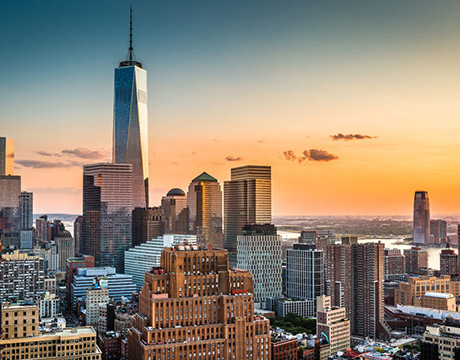
New York
USA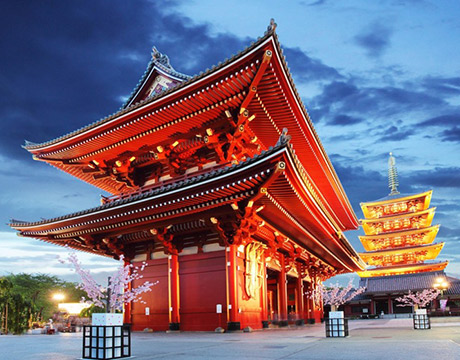
Tokyo
Japan
Bangkok
Thailand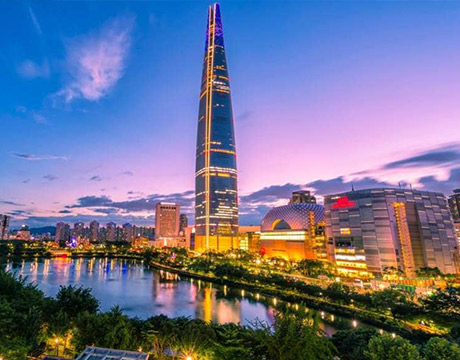
Seoul
South Korea
Vientiane
Laos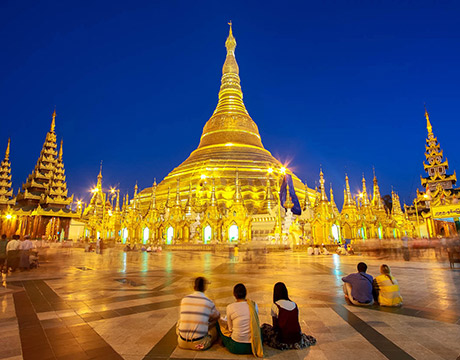
Yangon
Myanmar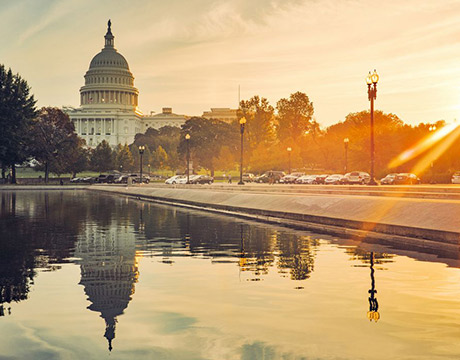
Washington DC
USA
Los Angeles
USA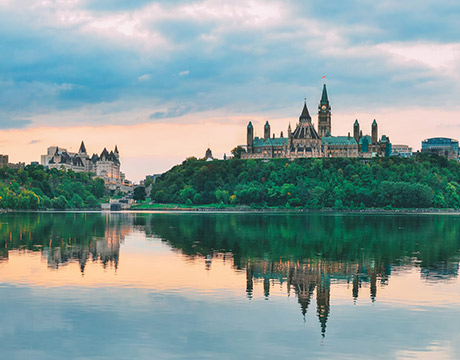
Ottawa
Canada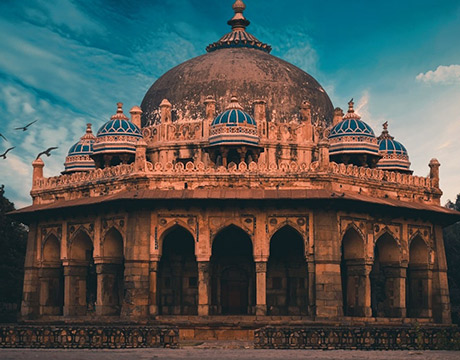
New Delhi
India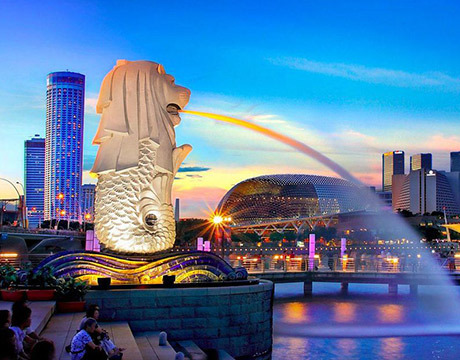
Singapore
Singapore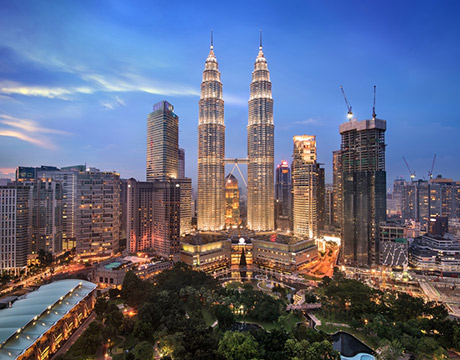
Kuala Lumpur
Malaysia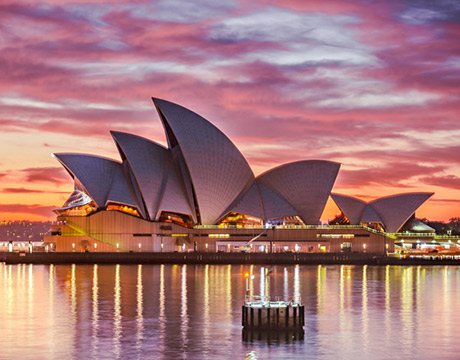
 English
English French
French Khmer
Khmer Thai
Thai Vietnamese
Vietnamese Chinese
Chinese Korean
Korean German
German Japanese
Japanese Italian
Italian Russian
Russian Spanish
Spanish Dutch
Dutch Indonesian
Indonesian Malay
Malay












